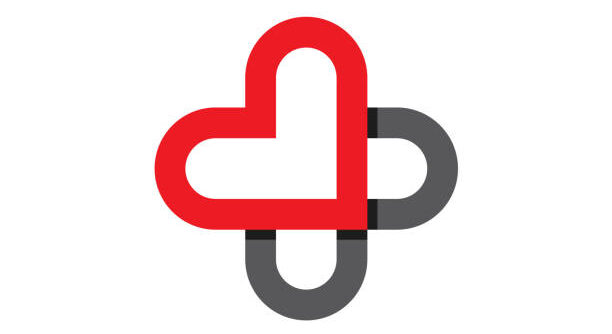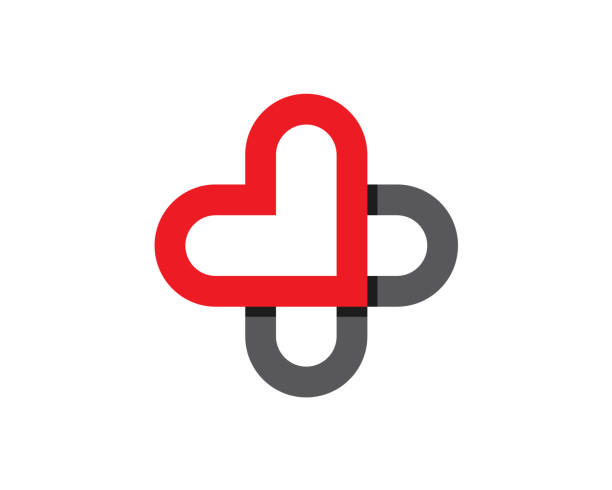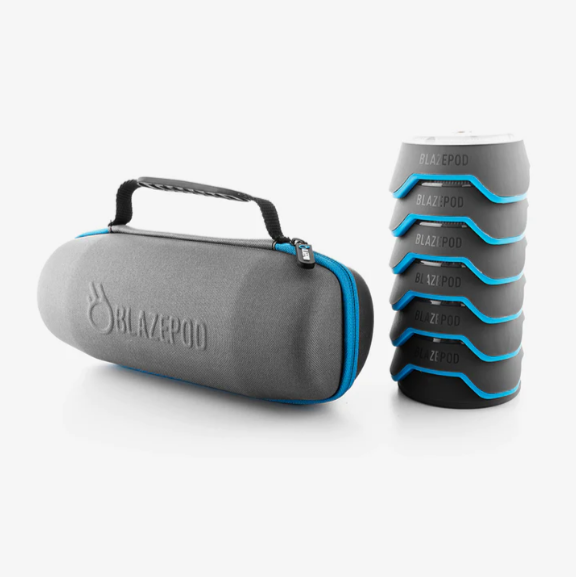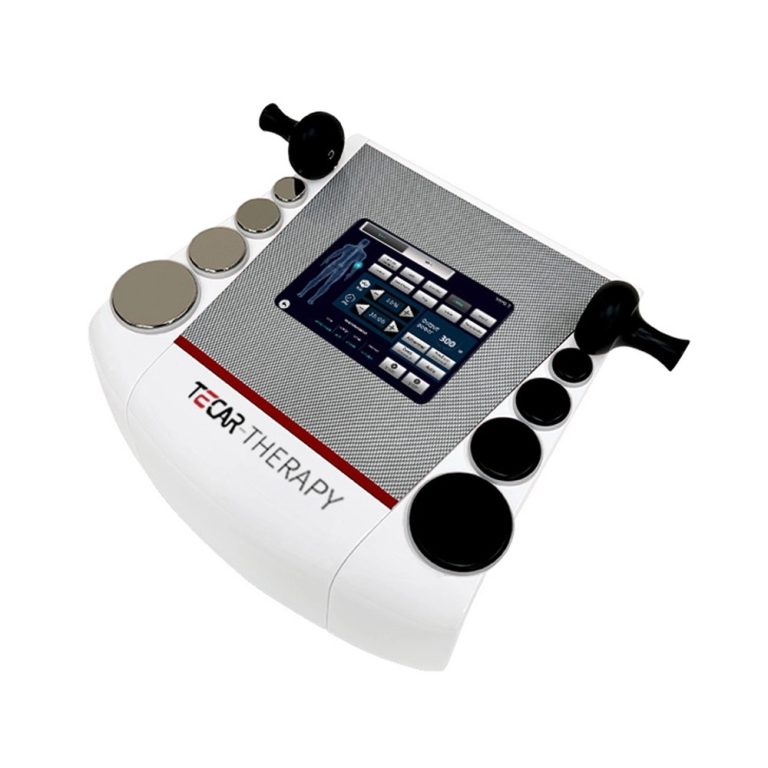For many healthtech innovators the real adoption challenge is not always in proving the clinical value of their product. It is overcoming structural barriers that stand in their way. So, let’s explore how these obstacles can be navigated and what healthtech companies need to do to succeed.
Regulatory challenges and barriers to entry
Overly strict regulations in the healthcare sector, particularly those governing Electronic Health Record (EHR) systems, can stifle innovation by imposing rigid standards that limit flexibility in design and implementation. On one side, their main goal is to promote security, interoperability, and patient safety. In practice, these regulations increase the market power of dominant EHR vendors, such as Epic and Meditech, creating a closed ecosystem that limits entry prospects for startups and smaller companies.
Another challenge is widespread vendor lock-in, where providers become tied to major platforms. They are limited in their ability to adopt alternative solutions and have fewer opportunities for more innovative, user-centered systems. Vendor lock-in is a significant barrier to the adoption and scaling of new healthtech products, especially when it comes to integration with existing systems. Although providers are typically the ones negotiating with EHR vendors, innovators must still operate within rigid, vendor-specific system constraints to ensure compatibility. Adapting their products to fit these constraints takes extra time and can drive up development costs.
In order to foster a more dynamic and inclusive EHR ecosystem, it is essential to strike a balance between necessary regulation and the adaptability required to support ongoing innovation. Key steps include adopting open APIs, supporting vendor-neutral data standards, and encouraging platforms that prioritize interoperability from inception.
Multi-stakeholder buy-in
Unlike consumer technology, the adoption of medical technology is rarely driven by a single decision-maker. On the contrary, it depends on the approval from multiple stakeholders (hospital administrators, procurement teams, and biomedical engineers). Each healthcare team plays a key role in the purchasing decision, evaluating new technology based on their specific clinical priorities, challenges, and goals. Hospital executives are primarily focused on staying within budget while securing long-term cost savings from innovation investments. Procurement teams usually focus on the manufacturer’s support and how well the technology will fit into existing systems. At the same time, biomedical engineers evaluate the technical side to make sure the technology is compatible with the current infrastructure and meets regulatory standards. External stakeholders, like insurance providers and government health authorities, assess the potential of healthcare technologies based on their economic impact—how well they reduce hospital stays, prevent readmissions, improve patient monitoring, and ultimately cut costs.
In order to gain full multi-stakeholder buy-in, healthtech companies must present a clear and comprehensive value proposition that addresses the concerns of each group and includes factors like meeting regulatory standards, ease of use for clinical staff, seamless integration with existing systems, and delivering long-term improvements in patient care, workflow efficiency, and overall operational performance.
Cost-effectiveness and financial impact
Once healthtech companies have addressed the various priorities of stakeholders, the focus naturally shifts to cost, which goes beyond just the initial purchase price. As the industry moves toward value-based care and bundled payment models, the importance of financial validation has increased. Now reimbursement is more closely tied to patient outcomes, not just the volume of services delivered. Technologies that reduce complications, enable earlier discharges, or support at-home care delivery are far more likely to be adopted because they directly support these models.
In order to meet these expectations, successful healthtech companies go beyond general cost claims. They equip their sales and implementation teams with robust ROI communication tools designed to engage financial stakeholders directly.
ROI calculators: Hospitals can use their own operational data (patient volume, average admission costs, and staffing levels) in order to model potential savings and to estimate how quickly a solution could pay for itself. ROI calculators can be tailored to fit any clinical setting, whether it’s acute care, outpatient clinics, or specialty departments. This customization guarantees the financial projections are aligned with specific operational workflows and patient populations.
Evidence-based white papers: Healthtech companies can present case studies from early adopters, peer-reviewed economic models, and third-party health economic analyses to back up technology claims with real-world evidence. These resources are critical for procurement teams looking to de-risk investment and support justification of capital expenditure.
Cost-benefit dashboards: These platforms offer real-time insights into the financial impact of a technology after implementation. They help track of savings related to things like length of stay, staffing efficiency, readmissions, and patient flow. These dashboards do more than justify the initial investment—they help keep stakeholders engaged by demonstrating the ongoing value the technology continues to provide.
Reimbursement guidance: Solutions that assist with navigating payer coverage, coding strategies, and documentation requirements remove the guesswork from reimbursement. Healthtech founders need to think about reimbursement pathways early on. Knowing how their technology will be reimbursed is a key step in getting buy-in from hospitals and healthcare institutions. It’s also important that their product aligns with payer models like insurance, Medicare, and Medicaid to make sure it fits into existing financial systems.
Effective demonstrations and trials
Clinicians are more likely to get on board when they can see a new technology working in the real world. A good demo does not just explain; it shows how the tool fits into their day-to-day workflow. One of the best ways to grab clinicians’ attention during the demo is by highlighting two or three core advantages that solve key problems in their daily workflow. Clinicians are busy and do not have time to sift through every feature. So a focused, well-delivered demo that ties directly to patient outcomes, time savings, or clinical accuracy is far more effective than a broad overview. The goal is not to list everything your technology can do — it is to spark a moment of recognition where the clinician thinks, “This could actually help me.”
Post-adoption support and feedback loops
The work does not stop once the technology is in use. The long-term adoption success rests upon proactive post-integration support. This means offering ongoing customer service, continuous training, and the resources that help clinicians smoothly integrate the new technology into their everyday practice.
Building a feedback loop with clinicians is crucial. And it is not just about collecting opinions—it is about acting on them. Regular follow-ups and real-time updates based on clinical input make the technology better while also showing clinicians that their voice matters. They are more likely to keep using the technology and even encourage their peers to do the same. This consistent involvement fosters stronger loyalty and, over time, may turn clinicians into true partners who not only use the product but also champion its evolution.
Conclusion
Successful adoption in healthcare goes beyond the creation of a new technology. Healthtech companies have to navigate a maze of complex regulations, prove their financial model, and win over multiple stakeholders. Finding the right balance between patient protection and innovation is crucial. It is just as important to show how their products really work in clinical settings, both cost-wise and in day-to-day operations. By staying in tune with clinicians and addressing their challenges, healthtech companies can build solid, lasting relationships and make a real impact on healthcare.
Photo: Bulat Silvia, Getty Images

Yegor Tsynkevich is an award-winning product design expert, co-founding partner of 415Agency. He specializes in user-centric solutions for digital healthcare and medical technology companies. With a proven track record, Yegor has contributed as UX consultant to over 30 companies, enhancing product design for medical devices, electronic medical records (EMR) solutions, and clinical software.
This post appears through the MedCity Influencers program. Anyone can publish their perspective on business and innovation in healthcare on MedCity News through MedCity Influencers. Click here to find out how.





